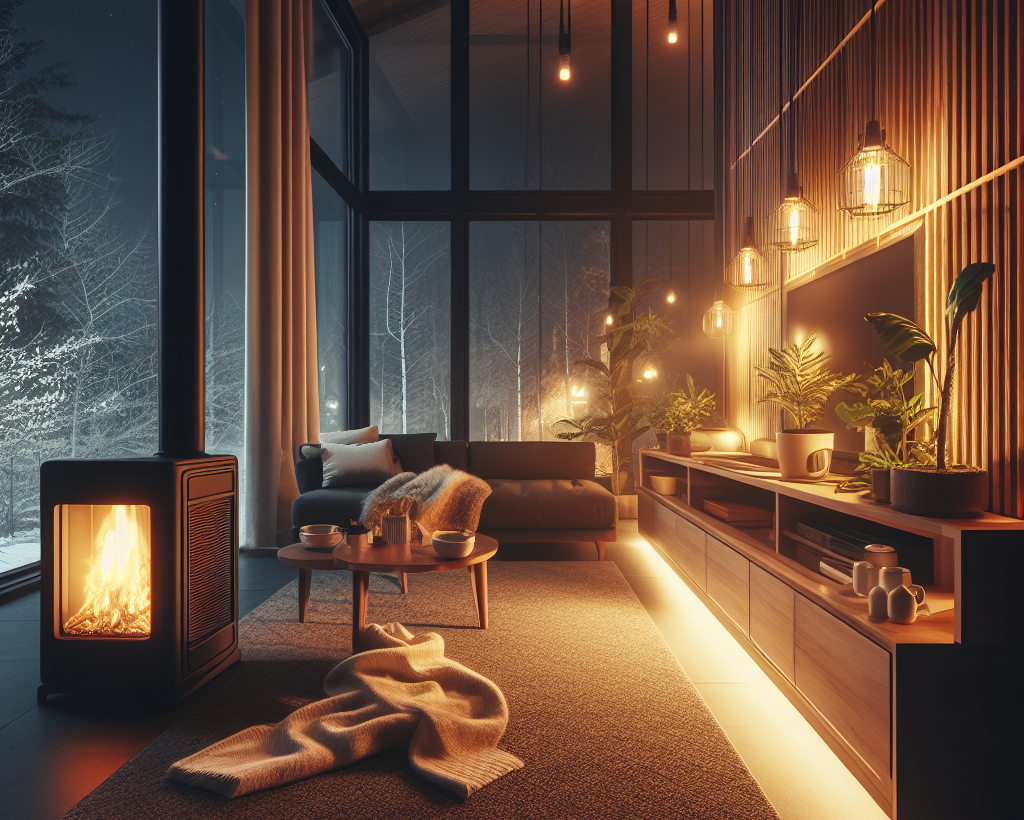Earth homes are often seen as dreamy—but not always livable. Think clay walls, curved lines, and rustic charm… but what happens in everyday life?
The good news: earth home design has evolved. Today’s natural homes can be beautiful and practical—built for real life, not just the dream.
Here’s how thoughtful design is changing what’s possible with natural building.

Why Earth Home Design Matters
What’s drawing people to earth homes?
There’s a growing shift toward natural, self-sufficient living—and earth homes are right at the center of that movement. They use materials like clay, straw, and sand that are low-impact, widely available, and kind to the planet. And when designed well, they can blend seamlessly into the land they sit on.
Start Off-Grid Living
Beyond the environmental appeal, there’s an emotional pull, too. Earth homes often feel quieter. More rooted. They’re spaces that feel alive—because they are.

The challenge: livability vs. vision
Still, not every earth home makes sense for real life. Some look stunning in photos but can be hard to heat, dimly lit, or designed more for the fantasy than daily function.
That’s where smart, grounded design comes in.
Modern builders and off-grid dreamers are finding new ways to make earth homes livable and beautiful—proving that sustainable living doesn’t have to feel like a sacrifice.

What Makes an Earth Home Work Today
1. Smart layout choices
Today’s earth homes often take cues from passive solar design, with south-facing windows, thick insulating walls, and floor plans that maximize light and airflow. Open-concept layouts and skylights can make even a small structure feel open and alive.
2. Material blends that work
Natural doesn’t have to mean primitive. Builders now blend rammed earth, adobe, or cob with reclaimed wood, steel frames, or even lime plaster to improve durability and reduce maintenance—without losing the warmth of earthen textures.
Design Smarter, Live Freer
3. Modern features, integrated naturally
You don’t have to go without the comforts of a modern home. Many earth homes now include:
- Radiant floor heating
- Composting or dry-flush toilets
- Solar power setups
- Clever plumbing, storage, and appliance integration
Tiny Home Tip: Earth homes don’t have to be large. The same design principles work beautifully in a tiny home setup.

Inspiring Examples of Earth Home Design
Across the globe, designers and DIY builders are blending earth with modern aesthetics—and it’s changing the conversation.
- A curved cob cottage in Portugal uses lime plaster and polished wood floors to keep things light and breathable.
- In New Mexico, a rammed earth home with floor-to-ceiling glass balances natural insulation with a stunning open feel.
- A family in Australia built a hybrid earthbag and timber home, with a spacious kitchen, solar setup, and rainwater catchment system—all hidden in a hillside.
These aren’t fantasy builds. They’re real homes, with real people living inside—and loving how they feel.
Real-World Scenario:
Imagine stepping into a naturally insulated space that stays cool through the summer, then holds warmth through the night—wrapped in hand-finished walls that make every room feel like a retreat.

Is Earth Home Design Right for You?
If you’re drawn to nature, simplicity, and building with intention, there’s a good chance earth home design is worth exploring. But here are a few things to ask yourself:
- Do you value sustainability over speed? Earth homes take time—but the result can last for generations.
- Are you open to working with natural materials? They’re tactile, responsive, and beautifully imperfect.
- Do you want to live off-grid or semi-grid? Earth homes pair naturally with solar and other self-sufficiency systems.
- Are you ready to work around local codes? Some areas require creative approaches or hybrid builds to meet regulations.
qRelated Read: Eco Villages vs. Eco Homes: Which One’s Right for You?
Common Questions About Earth Home Design

What are the disadvantages of earth homes?
They can be labor-intensive to build and may face building code hurdles. Proper drainage and ventilation are essential—especially in damp or cold climates.
Can earth homes be built in wet or cold regions?
Yes, with the right materials. Stabilized adobe, insulated earthbag walls, and passive solar design help earth homes work in a wide range of climates.
Turn Ideas Into Action
Do earth homes last a long time?
Absolutely. With proper care, they can last over a century. Some adobe homes around the world are hundreds of years old and still lived in today.
Are earth homes always off-grid?
Not at all. Earth homes can connect to local utilities or go fully off-grid—it depends on your lifestyle and setup.
Can I include modern features in an earth home?
Definitely. Earth homes today include everything from radiant floors to energy-efficient windows, built-in cabinetry, and even smart tech—if you want it.

Final Takeaway: Grounded Design for Real Life
Earth home design is no longer just a dream.
It’s a real, practical way to live—with less waste, more intention, and a deeper connection to the space you call home.
Whether you’re building from scratch or simply dreaming of something different, one thing is clear: natural design doesn’t mean giving things up. It means choosing what really matters.
Takeaway Tip:
Earth homes don’t have to feel rough or remote. With the right design, they can be beautiful, lasting, and deeply livable.
Live Naturally →






